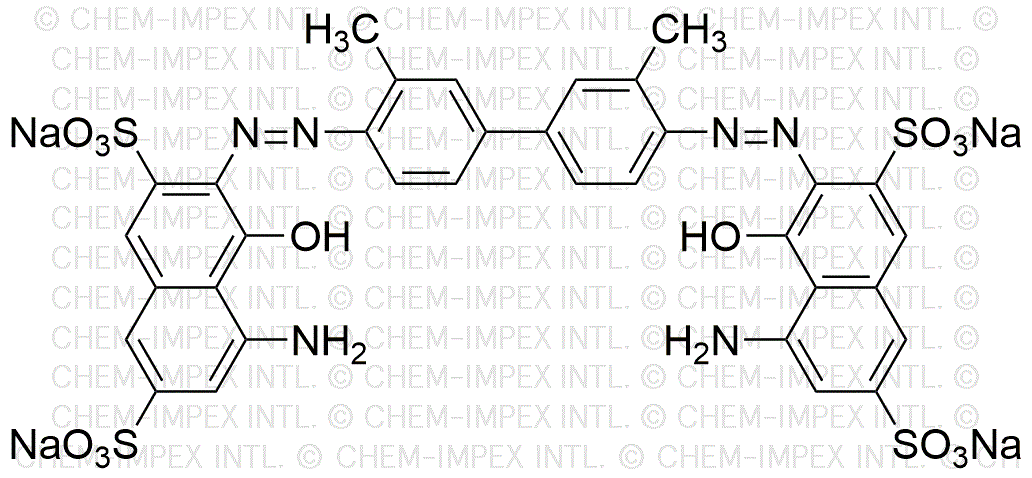Trypan blue solution (0.4%, liquid) is widely utilized in research focused on:
- Cell Viability Testing: This dye is commonly used in laboratories to assess cell viability. Researchers can distinguish between live and dead cells, making it essential for studies in cell biology and toxicology.
- Histology and Pathology: In histological studies, it helps in staining tissues to visualize cellular structures. This application is crucial for pathologists in diagnosing diseases.
- Pharmaceutical Development: During drug testing, it aids in evaluating the cytotoxic effects of new compounds. This application is vital for pharmaceutical companies to ensure safety and efficacy.
- Microbiology: In microbiological research, it is used to assess the viability of bacteria and fungi, helping researchers understand microbial growth and behavior.
- Regenerative Medicine: The dye is also applied in stem cell research to evaluate the health of stem cells, which is critical for advancements in regenerative therapies.
General Information
Properties
Safety and Regulations
Applications
Trypan blue solution (0.4%, liquid) is widely utilized in research focused on:
- Cell Viability Testing: This dye is commonly used in laboratories to assess cell viability. Researchers can distinguish between live and dead cells, making it essential for studies in cell biology and toxicology.
- Histology and Pathology: In histological studies, it helps in staining tissues to visualize cellular structures. This application is crucial for pathologists in diagnosing diseases.
- Pharmaceutical Development: During drug testing, it aids in evaluating the cytotoxic effects of new compounds. This application is vital for pharmaceutical companies to ensure safety and efficacy.
- Microbiology: In microbiological research, it is used to assess the viability of bacteria and fungi, helping researchers understand microbial growth and behavior.
- Regenerative Medicine: The dye is also applied in stem cell research to evaluate the health of stem cells, which is critical for advancements in regenerative therapies.
Documents
Safety Data Sheets (SDS)
The SDS provides comprehensive safety information on handling, storage, and disposal of the product.
Product Specification (PS)
The PS provides a comprehensive breakdown of the product’s properties, including chemical composition, physical state, purity, and storage requirements. It also details acceptable quality ranges and the product's intended applications.
Certificates of Analysis (COA)
Search for Certificates of Analysis (COA) by entering the products Lot Number. Lot and Batch Numbers can be found on a product’s label following the words ‘Lot’ or ‘Batch’.
*Catalog Number
*Lot Number
Certificates Of Origin (COO)
This COO confirms the country where the product was manufactured, and also details the materials and components used in it and whether it is derived from natural, synthetic, or other specific sources. This certificate may be required for customs, trade, and regulatory compliance.
*Catalog Number
*Lot Number
Safety Data Sheets (SDS)
The SDS provides comprehensive safety information on handling, storage, and disposal of the product.
DownloadProduct Specification (PS)
The PS provides a comprehensive breakdown of the product’s properties, including chemical composition, physical state, purity, and storage requirements. It also details acceptable quality ranges and the product's intended applications.
DownloadCertificates of Analysis (COA)
Search for Certificates of Analysis (COA) by entering the products Lot Number. Lot and Batch Numbers can be found on a product’s label following the words ‘Lot’ or ‘Batch’.
*Catalog Number
*Lot Number
Certificates Of Origin (COO)
This COO confirms the country where the product was manufactured, and also details the materials and components used in it and whether it is derived from natural, synthetic, or other specific sources. This certificate may be required for customs, trade, and regulatory compliance.


